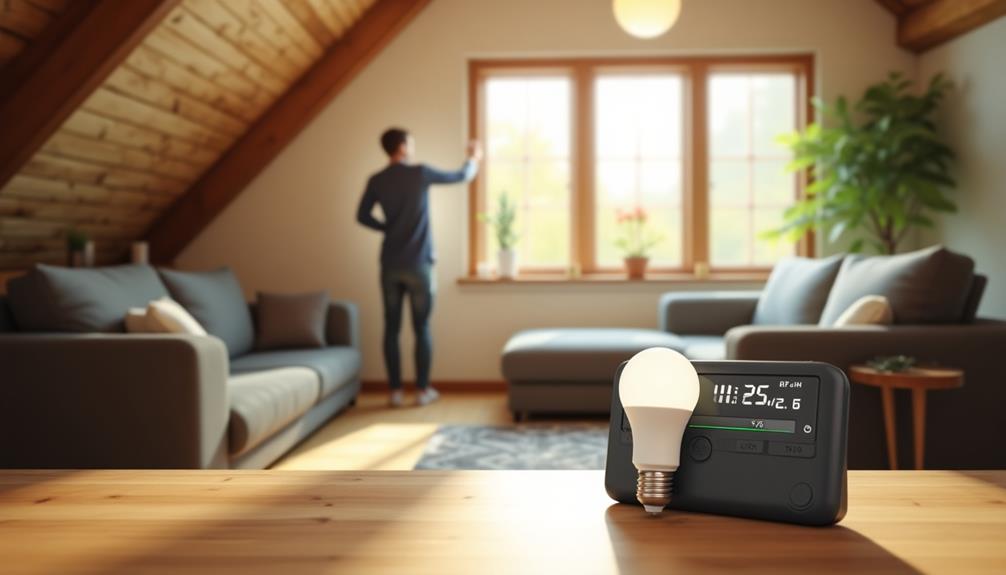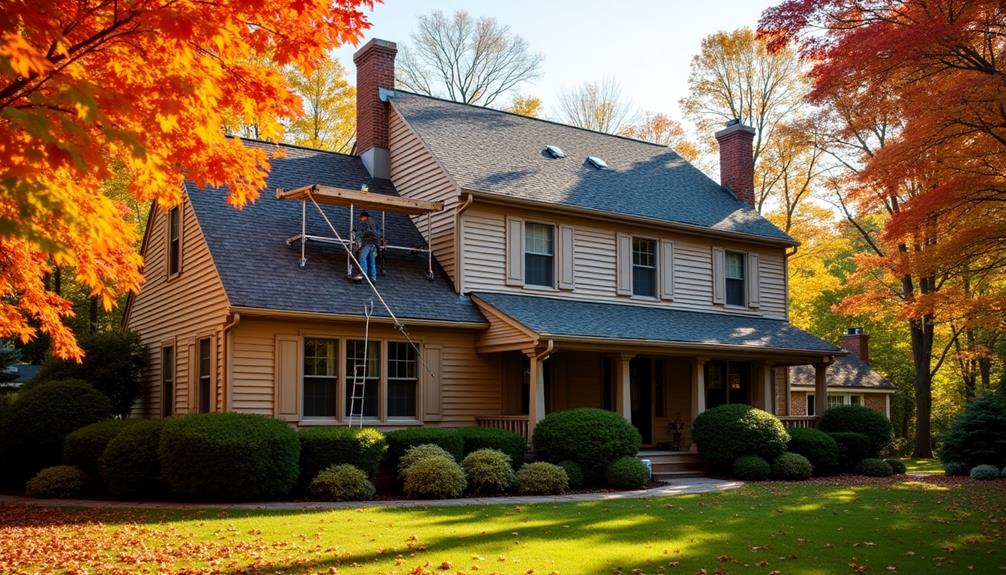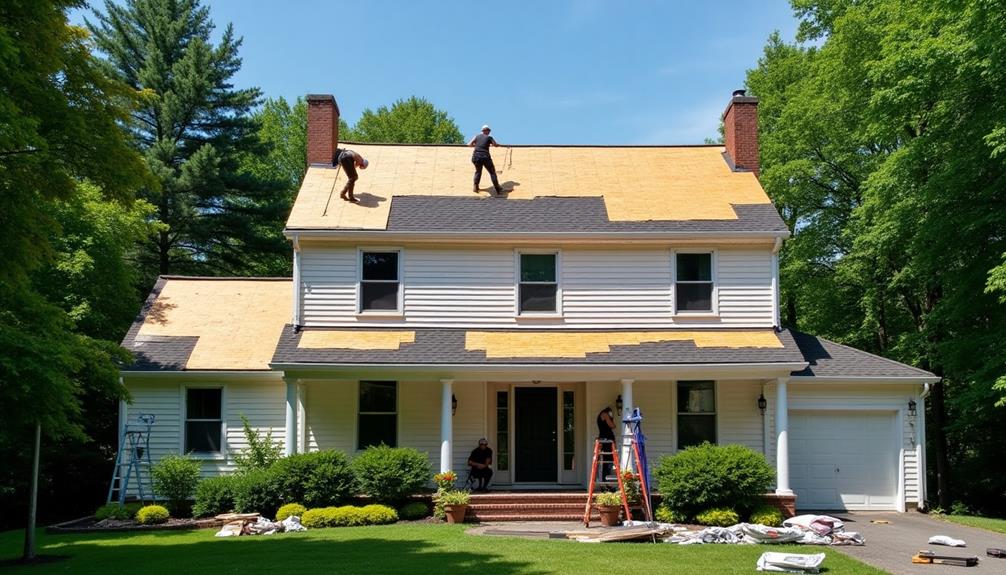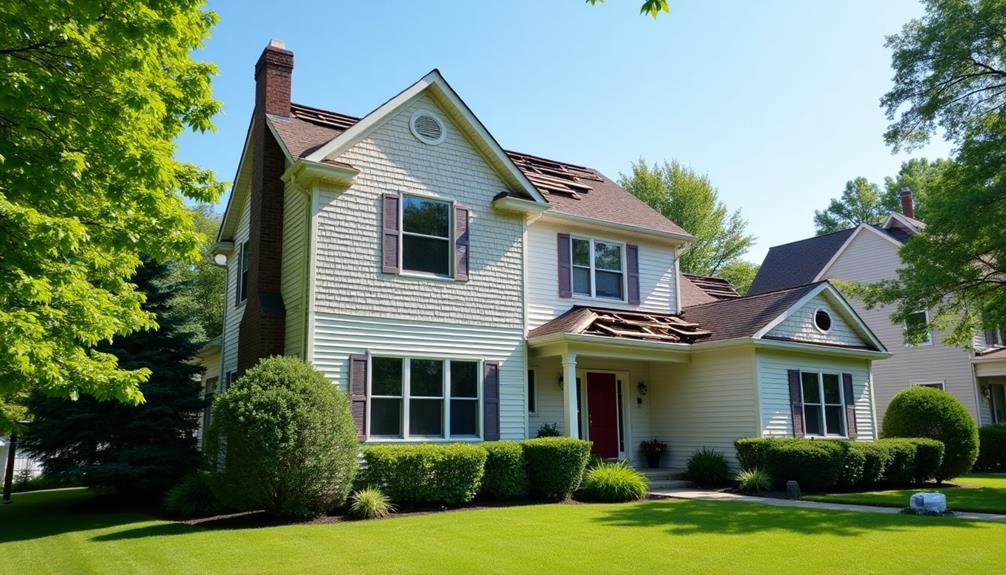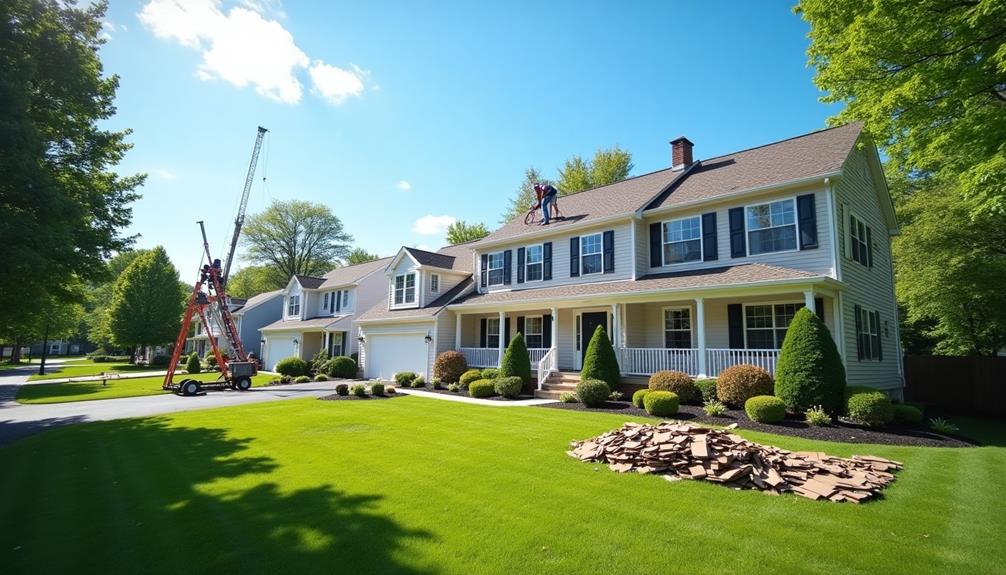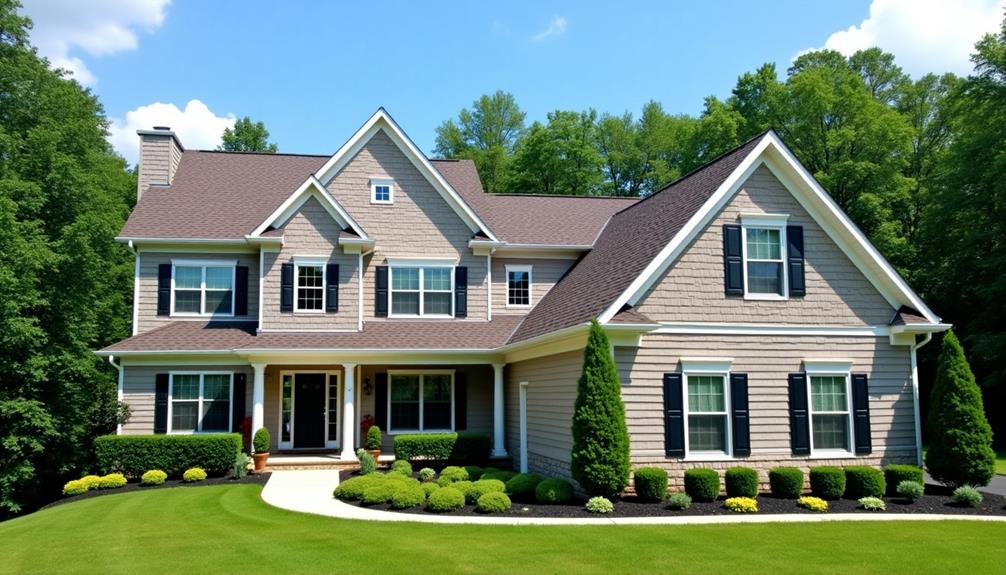Like a detective solving a mystery, you can uncover hidden inefficiencies lurking in your home's energy use. By conducting a DIY energy audit, you'll not only identify areas for improvement but also take meaningful steps towards reducing your utility bills. First, you'll want to gather essential tools and start with some simple inspections. But what specific areas should you focus on to maximize your efforts and results? Understanding these details can make all the difference in your home's energy performance.
Gather Your Tools
To effectively conduct a home energy audit, you'll need to gather a few essential tools. This tool selection is crucial for assessing your home's energy efficiency accurately.
Start with a basic toolkit that includes a flashlight, a screwdriver set, and a tape measure. These will help you inspect various areas without missing anything important.
Next, consider getting an infrared thermometer. This handy device lets you identify cold spots in walls and ceilings, revealing areas where energy might be escaping.
A moisture meter can also be beneficial; it helps you pinpoint potential leaks or damp spots that could indicate insulation issues.
Don't forget a notepad or a digital device to record your findings. Jotting down details during the audit ensures you capture everything, which can be invaluable when you analyze your results later.
Lastly, an energy monitor can help track your energy consumption over time, giving you insights into your usage patterns.
With these tools in hand, you'll be well-equipped to evaluate your home's energy efficiency and make informed decisions on improvements.
Start With the Exterior
To kick off your energy audit, you should start by inspecting your windows and doors for any gaps or leaks.
Next, evaluate the insulation levels in your walls and attic to ensure they're adequate.
Inspect Windows and Doors
Regularly inspecting the exterior of your windows and doors is crucial for identifying potential energy leaks.
Start by checking the condition of the frames and sills. Look for cracks or gaps that might allow air to escape. If you notice any issues, consider applying caulk to seal them up. Pay special attention to the areas around window treatments, as they can sometimes hide problems beneath them.
Next, examine the door sweeps on your exterior doors. These are essential for preventing drafts. If they're worn or damaged, replace them to ensure a tight seal.
Don't forget to check the weather stripping around your doors and windows as well. If it's cracked or missing, you'll want to replace it to keep your home comfortable and energy-efficient.
Lastly, take a moment to observe how well your windows and doors close. They should fit snugly within their frames. If they don't, you may need to adjust the hinges or latches.
Evaluate Insulation Levels
Insulation plays a vital role in maintaining your home's energy efficiency, so assessing its levels is essential. Start by examining the exterior areas of your house, including the attic, walls, and crawl spaces.
You'll want to identify what insulation materials are currently in place and their thickness. Common materials include fiberglass, foam board, and cellulose.
Check for any gaps or areas where insulation may be missing. If you notice thin spots or compressed insulation, it can significantly reduce your home's ability to retain heat or cool air.
Pay special attention to areas around vents, pipes, and electrical outlets, as these can be common spots for heat loss.
Next, look for any signs of moisture or mold, which can indicate that your insulation is compromised and may need replacing.
If your insulation is outdated or insufficient, consider upgrading to more effective insulation materials that enhance energy efficiency. This could lead to lower energy bills and a more comfortable living environment.
Check Exterior Sealing
When assessing your home's energy efficiency, checking the exterior sealing should be a top priority. Inadequate sealing allows air leaks, which can lead to higher heating and cooling costs.
Start by inspecting the doors and windows for gaps. If you notice any, it's time to install or replace weather stripping around them. Weather stripping is an easy and cost-effective way to block drafts and improve your home's insulation.
Next, focus on the areas where different building materials meet, such as the joints between siding and windows or doors. Here, you'll want to apply exterior caulking. This flexible sealant fills cracks and prevents air from escaping or entering your home.
Make sure to choose a caulk that's designed for outdoor use, as it'll withstand the elements better.
After sealing all identified gaps, take a step back and evaluate your work. Did you miss any spots? Look for any remaining drafts, especially during windy days.
Inspect Windows and Doors
When you inspect your windows and doors, start by checking for drafts that can let energy escape.
If you find any gaps, sealing them properly can make a significant difference in your home's efficiency.
Addressing these issues not only improves comfort but also reduces energy costs.
Check for Drafts
To pinpoint drafts effectively, start by inspecting your windows and doors for any gaps or cracks. These are common areas where air leakage occurs, making your heating and cooling systems work harder.
For draft detection, you can use a simple method: hold a lit candle or incense stick near the edges of your windows and doors. If the flame flickers or the smoke drifts, you've found an air leak.
Pay close attention to the weatherstripping around these openings. Worn or damaged weatherstripping can significantly increase drafts. Check for any visible signs of wear, and ensure the seals are tight.
Don't forget to examine the frames themselves; even small cracks in the frame can lead to considerable energy loss.
It's also worth checking your sliding glass doors and any other entry points in your home. If you notice chilly drafts, it's a sure sign that air is sneaking in or out, which could lead to higher energy bills.
Seal Gaps Properly
After identifying drafts, it's time to seal those gaps properly to maximize your home's energy efficiency. Start by inspecting your windows and doors for any spaces where air might escape. Use your hand to feel for drafts, or simply look for visible gaps.
For windows, consider installing weather stripping along the edges. This flexible material creates a barrier that prevents air from leaking in or out. You can find different types, like adhesive-backed foam or V-strip, depending on your needs. Just measure the perimeter of your window frames and cut the weather stripping to size before applying it.
Next, check your doors. If you notice gaps between the door and the frame, you can use a door sweep or additional weather stripping to close those openings.
For larger gaps, gap filling with caulk is a great option. Apply a bead of caulk around the door frame and any other areas where air might seep through, ensuring a tight seal.
Check Insulation Levels
Checking insulation levels is crucial for maximizing your home's energy efficiency. Insulation acts as a barrier, keeping your home warm in winter and cool in summer.
Start by inspecting your attic, walls, and floors to determine the current insulation types present. Common materials include fiberglass, foam board, and spray foam, each with its own R-value, which measures thermal resistance.
To check your insulation, look for areas where it may be compressed, missing, or damaged. If you notice that the insulation in your attic is less than 12 inches or your walls feel cold to the touch during winter, it's likely time for an upgrade. You can add more insulation or replace what's there, depending on its condition.
Also, consider the insulation in crawl spaces and basements, as these areas can significantly affect energy efficiency.
When evaluating insulation levels, remember that proper installation is key—gaps and compression can reduce effectiveness.
Assess Heating and Cooling Systems
As you evaluate your home's energy efficiency, assessing your heating and cooling systems is essential for maintaining comfort and reducing energy costs.
Start by checking your thermostat settings to ensure they're aligned with your comfort preferences. Consider upgrading to a programmable or smart thermostat, which can optimize energy use based on your schedule.
Next, inspect your heating and cooling units. Look for signs of wear or damage, and check for any unusual noises during operation.
Clean or replace filters regularly, as clogged filters can significantly reduce system efficiency. If your system uses ductwork, inspect it for leaks or blockages, which can waste energy and lead to inconsistent temperatures throughout your home.
Don't forget about system maintenance. Schedule professional inspections at least once a year for both your heating and cooling systems.
This not only ensures optimal performance but can also extend the lifespan of your units. By proactively assessing and maintaining your heating and cooling systems, you'll boost energy efficiency, enhance comfort, and ultimately save money on your utility bills.
Evaluate Appliances and Electronics
When it comes to boosting your home's energy efficiency, evaluating your appliances and electronics is crucial. Start by checking the energy ratings of your devices. Appliances with higher ratings consume less energy, leading to significant cost savings over time.
Keep in mind that older appliances may have a shorter lifespan and often operate less efficiently than newer, eco-friendly options.
Next, analyze your usage patterns. Are you using your appliances more often than necessary? Consider implementing smart technology, such as programmable thermostats and smart plugs, to optimize usage and reduce waste.
Don't forget to perform regular maintenance. Simple maintenance tips, like cleaning refrigerator coils or replacing air filters, can extend your appliance lifespan and improve efficiency.
If you find that certain appliances are consistently draining your energy, it might be time for an upgrade. Look for eco-friendly replacements that not only save energy but also align with your sustainability goals.
Analyze Your Energy Bill
To effectively boost your home's energy efficiency, analyzing your energy bill is essential. Start by examining your energy usage over the past few months. Look for patterns in your consumption trends, and note any seasonal variations that might affect your bill.
Next, conduct a bill comparison between different months to identify peak usage periods. This will help you understand when you're using the most energy and where you might cut back. Don't forget to consider the rate structures your energy providers use, as these can significantly impact your costs.
Perform a cost analysis to see if there are billing errors that may inflate your charges. Check for any discrepancies and contact your provider if something seems off.
Take note of your savings potential by looking for ways to reduce your usage during peak times or switch to a more cost-effective plan.

